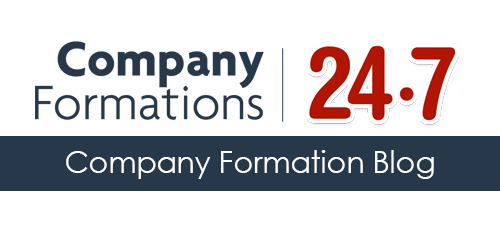We’ve recently seen on our small screens the rather friendly looking blue and purple Workplace Pension monster character (which cost £8.5m of public money to create, no less [The Independent 2015]). However, with pensions being such a notoriously baffling topic, with plenty of red tape, misinformation and confusion that surrounds it, it seems that even this advertising brainwave isn’t enough to overcome the sheer dread of tackling the issue for SMEs.
With this in mind here we put together key resources from around the web and re-jig the advice to remove all jargon – explaining just what workplace pensions mean for the average SME.
Pensions: Your responsibility in a nutshell
What is it?
The law has changed. Today every employer must enrol certain staff onto a pension scheme, and contribute towards it. This is known as ‘automatic enrolment’.
Who does it impact?
Every employer within the UK, regardless of how many people they employ, or what industry they work within. Employees must, however, be between 22 and state pension age, and earn more than £833 per month (or £192 per week).
When will you need to act?
The time that you need to act is known as the ‘staging date’ and each company is given their own date by the Pensions Regulator, this will feature upon all of the letters that are sent to the business in question. This date denotes the official deadline for completing the declaration of compliance form online. If you haven’t received a date then you may want to head on over to the Pension Regulators Duties Checker.
Pension Schemes
Pension schemes that are suitable for employers today must be set up for automatic enrolment (check with a pension adviser to ensure that this is the case).
Both you and your employee will pay into this pension, how much this is will depend upon the pension scheme that you chose. However, if you opt for a defined contribution scheme then you will meet the following contributions (as written about on the NI Direct website)
| Minimum employee pays | Minimum you pay | Government pays |
| 0.8% rising to 4% of your qualifying earnings by 2018 | 1% rising to 3% of employee’s qualifying earnings by 2018 | 0.2% rising to 1% of employee’s qualifying earnings by 2018 |
As an employer you are able to place your employees within a scheme where either you or they can pay more than the legally defined minimum.
You can gain a great overview of the current schemes out there at The Pensions Regulator page.
Step by step: Employers with eligible employees
If your employees are eligible for the scheme here are the steps that you must follow:
- Choose a pension scheme – This must be done around 6 months prior to the staging date. You may also review any current pension and garner professional advice to ensure it’s appropriate.
- Assess employee’s eligibility – Make a list of those who are eligible for the scheme. This should be done on the staging date itself. You’ll need to inform your pension provider of each employee’s:
- Name;
- Address;
- Date of birth;
- National Insurance number.
- Write to your employees – This should inform your employees of your actions and should be completed within 6 weeks following the staging date.
- Declare your compliance with the scheme – This should be completed within 5 months following the staging date, and be declared here.
- Continue with your duties – Beyond the steps above there are various steps that you must repeatedly take to ensure you’re complying with the scheme:
- Pay your contributions to your employee’s pensions;
- Correctly administer any requests to join or leave your scheme;
- Monitor all ages and earnings of staff;
- Maintain records of any changes.
Step by step: Employers with non-eligible employees
If you’re an employer but none of your staff meet the two criteria in relation to age or earnings, then you need to:
- 3 months prior to the staging date you will need to check over your staff’s earnings and current ages to confirm whether they’ve become eligible.
- On the staging date you need to again assess your employees to see whether anyone has become eligible.
- Within 6 weeks after your staging date you must then write to all of your staff members (even if no one has been eligible for the pension scheme) and explain how automatic enrolment applies to them. Here’s a great template from the Pensions Regulator to help.
- Declare your compliance – Finally you must head on over to the Pensions Regulator website and declare you compliance online (within 5 months after the staging date).
Need further information?
This blog has been put together with information from the Pensions Regulator guide, the UK Government site and the NI Direct website.



